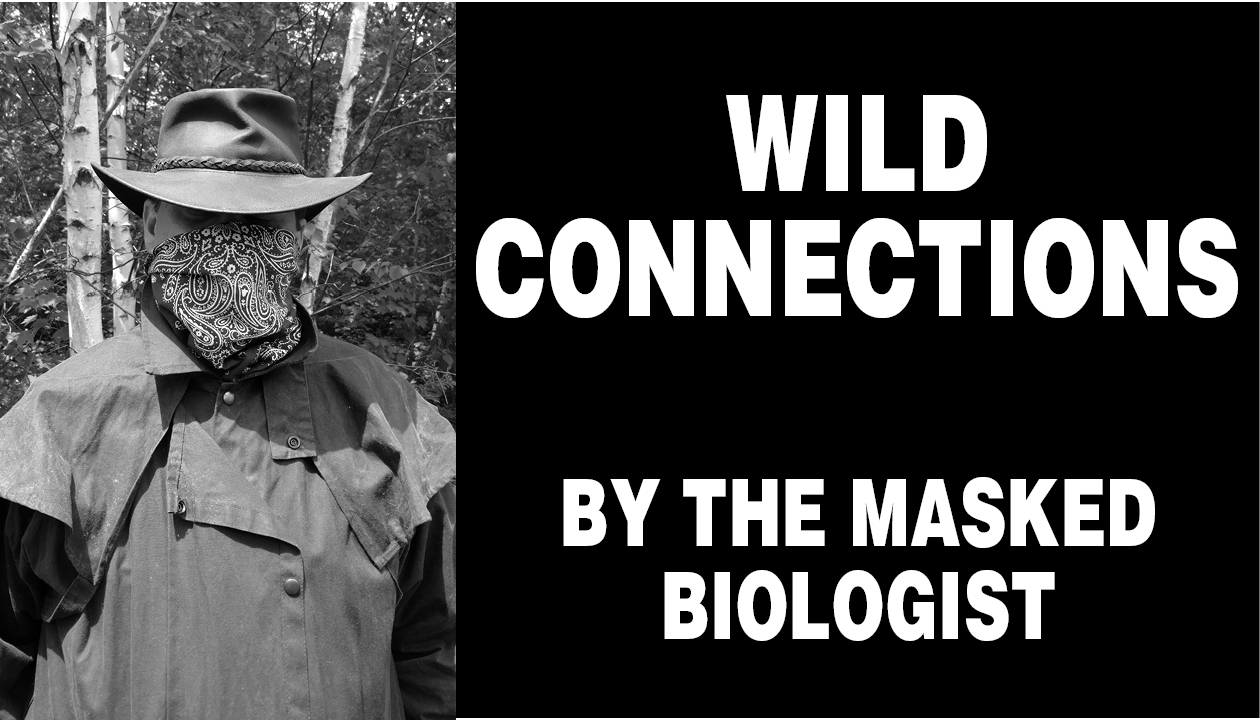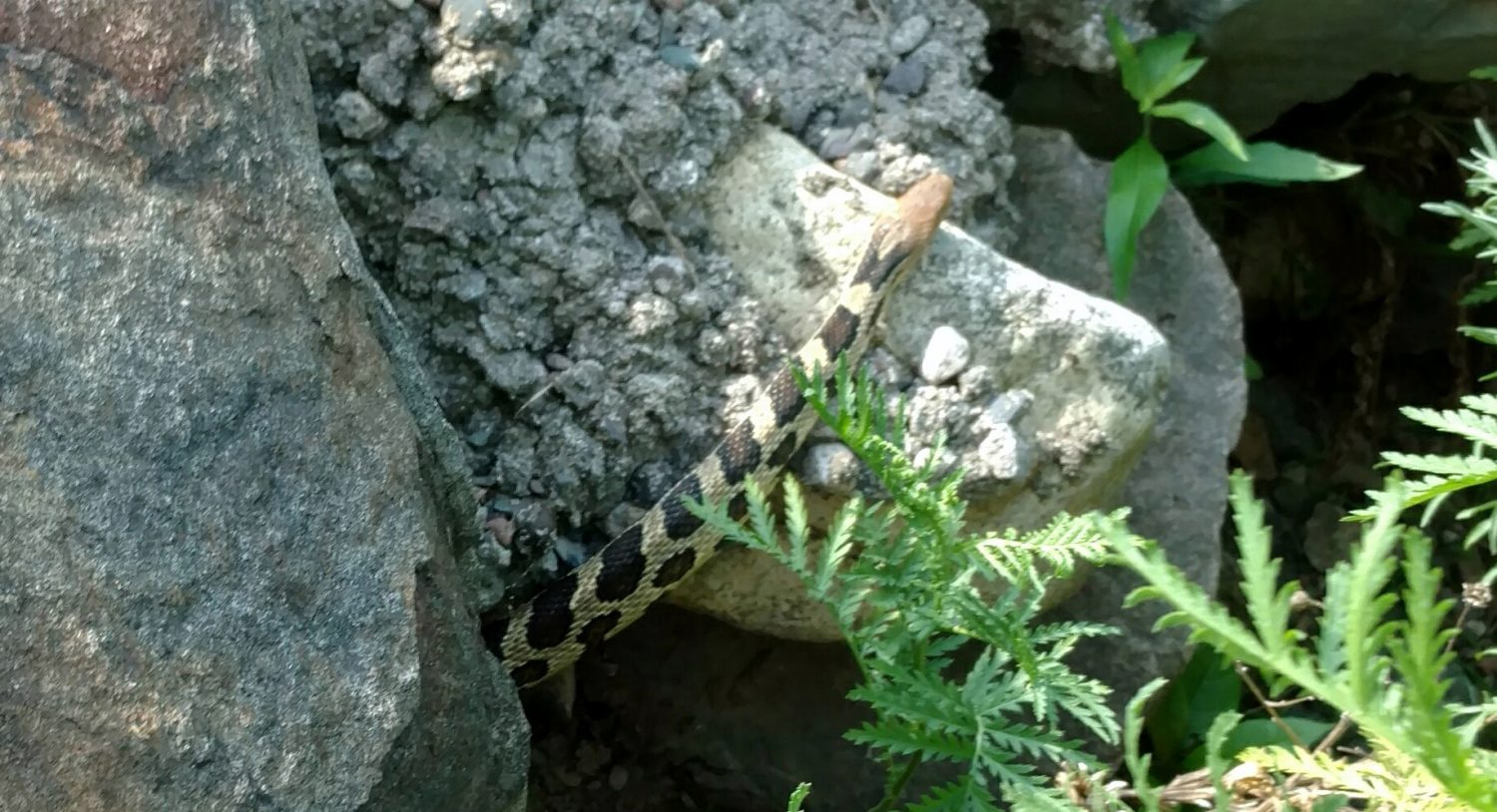The life cycle of a buck and its antlers

Nature, age, other factors impact growth
BY THE MASKED BIOLOGIST
Special to the Star Journal
Antlers are extremely important. They are important to deer, to be certain, but they are important to hunters, as well. If you took someone who knew absolutely nothing about deer or deer hunting and asked them to study deer and the people who hunt them, there is a fair chance they would come to the conclusion that the antler is the primary goal of the harvest.
Hunters prize deer antlers. They study them, measure them and score them. There are names and designations for the different tine locations and configurations. Antlers decorate homes, offices and cabins. We put antler decals on our vehicles and screen print them on our clothes. Big buck contests are common across the Northwoods, some focusing on weight, but most focusing on antlers. When people ask if you got your deer, they are looking for a full report on the size and condition of the antlers. Each year, I hear of at least one deer with an antler shot off – the hunter was so focused on the size of the deer’s rack, they shot at the rack before realizing their mistake and shooting the deer.
Biologists focus on antlers as well. Wisconsin’s first bucks-only season was 102 years ago in 1915. The current restriction of at least one antler needing to be at least three inches was not enforced until 1921. For decades, wildlife managers examined deer registered on opening weekend of deer season to determine their age, and they put antlered bucks in one of three categories: forked antlers, spiked antlers and sublegal spikes (which are registered as antlerless deer). Biologists often observe that in years of good weather and growing condition, deer have better antler development, and in years with poor growing conditions, antler development is poorer.
People commonly use the words “antlers” and “horns” interchangeably when discussing deer. Technically, deer have antlers, which grow from their pedicle, or base, new each summer and fall off each winter. Horns do not fall off; they grow continually from the base getting larger or longer each year. As the daylight length increases in the spring, bucks start to grow antlers from their pedicles on the top of their skull. The antler is a bone, one of the fastest growing bones in the animal kingdom. To supply it with the nutrients and minerals it needs, growing antler is covered with special capillary-packed skin called velvet. When the antler is full grown, the velvet is rubbed off and antler is polished by rubbing against tree branches.
While the start of antler growth is triggered by daylight (photoperiod), the size, shape and condition are impacted by numerous factors. The amount of testosterone is key, contributing to older deer growing larger antlers than yearling deer. Genetics play a huge role; I know people that use trail cameras to track antler characteristics that are likely passed from sire to offspring, giving the impression of a buck that lives for many years. Finally, the growing season impacts antler development. If deer have limited access to food in winter, but get plenty of food in spring, they can grow excellent antlers. Studies have shown that antler development is negatively impacted when spring diet (starting in mid-March) is significantly restricted. Late, cool, wet springs are detrimental because plant forage is less available, and bucks can’t get those nutrients and minerals needed to grow large healthy bones.
In the fall, bucks use their polished-up antlers to establish dominance over other bucks, either by posturing or by battling with them. In either case, a large rack is crucial for establishing dominance and having the pick of the best does for passing on genes. Then, in late winter, after the breeding season is past, the pedicles lose their grip on the antlers, and the bucks knock them off. Then, when winter turns to spring, the cycle starts again.
The Masked Biologist has a Bachelor of Science degree in wildlife biology. His work in natural resource agencies across the country provided opportunities to gain experience with a variety of common and rare fish, plant and wildlife species. Follow The Masked Biologist on Facebook. Email questions to [email protected].
Leave a reply
You must be logged in to post a comment.


